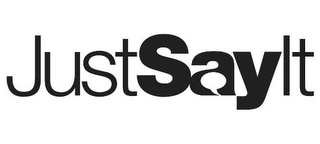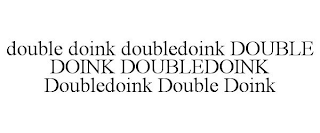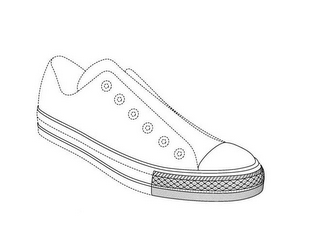When there is a problem or a potential problem, the first desire is often to fix it and fix it now. However, sometimes the best approach is to do nothing and see if the problem solves itself.
Suspended Over Intent-to-Use Trademark Application
For example, consider the case where a trademark application is suspended based on a prior filed intent-to-use trademark application that is pending. If the owner of the prior filed intent-to-use trademark application has not filed a statement of use, it is possible that the owner will not file a statement of use. If a statement of use is not filed within the applicable time limit, then the application will be abandoned and no longer an obstacle to the later filed trademark application proceeding to registration.
It is not unusual for an owner of an intent-to-use application to abandon the application if their plans for using the mark fail to materialize. However, an owner of an intent-to-use application can extend the deadline to file a statement of use up to 3 years from the notice of allowance date. Therefore, this strategy of doing nothing, can involve a long wait time and a long period of uncertainty for the later filed trademark application owner.
Yet, if the later filed trademark application owner reaches out to the prior filed application owner the prior filed application owner might realize that their mark is more important (because someone else is interested in it) than he/she/it previously recognized. Therefore, contacting the trademark application owner might result in the filing a statement of use and perfecting the application, when he/she/it otherwise might not have otherwise done so. Therefore, doing something can be risker than doing nothing and waiting.
Refused Over Registration Nearing Renewal Deadline
As another example, consider the scenario where a trademark application is refused based a prior trademark registration, but the deadline for renewing the prior trademark registration is approaching. If the owner of the trademark registration does not file the renewal documents and pay the renewal fees, the trademark registration will be canceled, and no longer an obstacle to registration. Therefore, it may be best to wait to see if the renewal occurs, if time is available before an office action response top the refusal is due or otherwise.
Like in the prior example, contacting the trademark registration owner may lead the owner to renew the trademark registration–realizing it has value–when he/she/it otherwise would not have renewed.
Waiting can be uncomfortable because it allows tension and uncertainty. However, sometimes it is the best option.

 Trademark rights are connected with actual use of a mark. Sometimes that use starts before an federal trademark is filed and sometimes it starts after a federal (
Trademark rights are connected with actual use of a mark. Sometimes that use starts before an federal trademark is filed and sometimes it starts after a federal (


 Devon Goocher applied to register MYCAH for music concerts, among other services. The USPTO refused registration based on a registration on MIKA for live performances by a musical entertainer in
Devon Goocher applied to register MYCAH for music concerts, among other services. The USPTO refused registration based on a registration on MIKA for live performances by a musical entertainer in